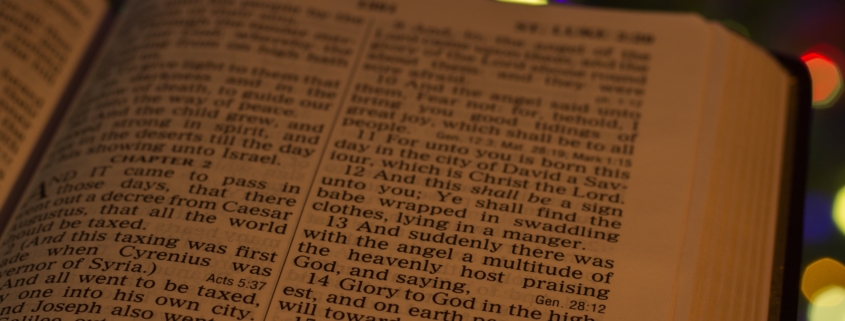The Gospel of Luke
Revealing the Gospels (Part Three): The Gospel of Luke
It seemed good to me also, having followed all things closely for some time past, to write an orderly account for you, most excellent Theophilus, that you may have certainty concerning the things you have been taught.
Luke 1:3-4
The Gospel of Luke is actually part of a longer book, referred to by scholars as Luke/Acts. This is because both books are written by the same author in a continuous manner. The section called Luke is the period from birth to just after Jesus’s resurrection. Acts continues the story from Pentecost until Jesus ascends to heaven and is followed by the story of the disciples post ascension. Later it includes Paul’s story. In effect, it is a complete history from the birth of Christ to a period near the end of the first century.
Luke, by itself, is the longest of the four Gospels.
It is believed to have been written very late in the first century with revisions being made into the second century. The earliest date given to the writing of Luke is 60 AD, but other estimates date it as late as 110 AD.
It is important to note that the author addresses the Gospel to Theophilus. In ancient Greek Theophilus means “lover of God.” While Theophilus might have been a real person, it is just as likely a translation referring to early Christian converts. This interpretation becomes even more likely when you take into account verse 4, which says: “that you may have certainty concerning the things you have been taught.” However, there is wide disagreement about who Theophilus was.
Luke, like Matthew, uses Mark and the document Quelle.
It also seems likely that the author had a copy of Matthew due to the similarities in some sections. Luke also contains language unique to only this Gospel. Luke is the third and final of the Synoptic Gospels. Together, Matthew, Mark, and Luke all contain similar material.
There is much debate as to Luke’s intended audience. Some scholars say the Gospel was originally intended for early followers to read during the celebration of the last supper—similar to the Jewish tradition of reading the story of Exodus during Passover. Other scholars, like my New Testament professor, declared it as the Gospel of the poor. This is in part because of the use of the word “poor” in Luke’s version of the Sermon on the Mount, which he called the Sermon on the Plain. Others believe it was intended for the educated Greco-Roman early converts.
Personally, I believe that because of its comprehensive history, these views depend on how those interpreting the Bible experience the Bible. In other words, one’s life experiences and connection with the Holy Spirit dictate how an individual sees and hears the words. I believe this is true of all other books of the Bible as well.
I like Luke for many reasons.
As a history buff, its historical narrative satisfies a lot of my questions about the foundational history of Christianity. The Gospel is filled with parables that are direct and frank. Of particular interest is the story of the Prodigal Son, which is a wonderful discourse on the essence of God as a God of redemption and forgiveness. The story portrays humankind’s struggle with God—to leave but then to return. Not as an inferior figure, but as a redeemed figure.
Another interesting aspect of this Gospel is the comparison of the rulers of the world to evil or Satan. These passages are somewhat hidden so as to prevent the ruling authorities at the time of its writing from banning the book. But its contrast is evident when you read the Gospel with this in mind. Conversely, Luke is strong in insisting that the Christian voice of authority is God through Jesus. Like the other Gospels, it also portrays the Pharisees as the main oppositional force to Jesus, painting them as villains in this wonderful story of salvation.
Read both Luke and Acts together
While lengthy, an interesting Bible study exercise is to read both Luke and Acts together with the knowledge that it was written as a complete history of Christ and the lives of early Christians. While reading, jot down in a journal after each chapter what was important to you. This will reveal some of what is most important to you in your relationship with Jesus. This will become even more apparent when you later read the journal in its entirety.
Just reading both Luke and Acts together will serve a primer on the history of Christianity—a solid base by which to get to know the Jesus story.
My primary focus after the first few years in theological school narrowed to the study of the Gospels. This is a common occurrence for most who become involved in advanced theological studies. Luke/Acts became a centering point in these studies for me. Because of its historical nature, it propelled me into deeper research of the Gospels. Then, transitioning from Acts to the letters of Paul increased my understanding of Paul, allowing me to gather a more complete theology.
Why not try this yourselves?
Blessings, until next time,
Bruce L. Hartman
Dr. Bruce L. Hartman is the author of Jesus & Co. and Your Faith Has Made You Well.
Photo by wisconsinpictures on Unsplash
We love to give credit to budding photographers



